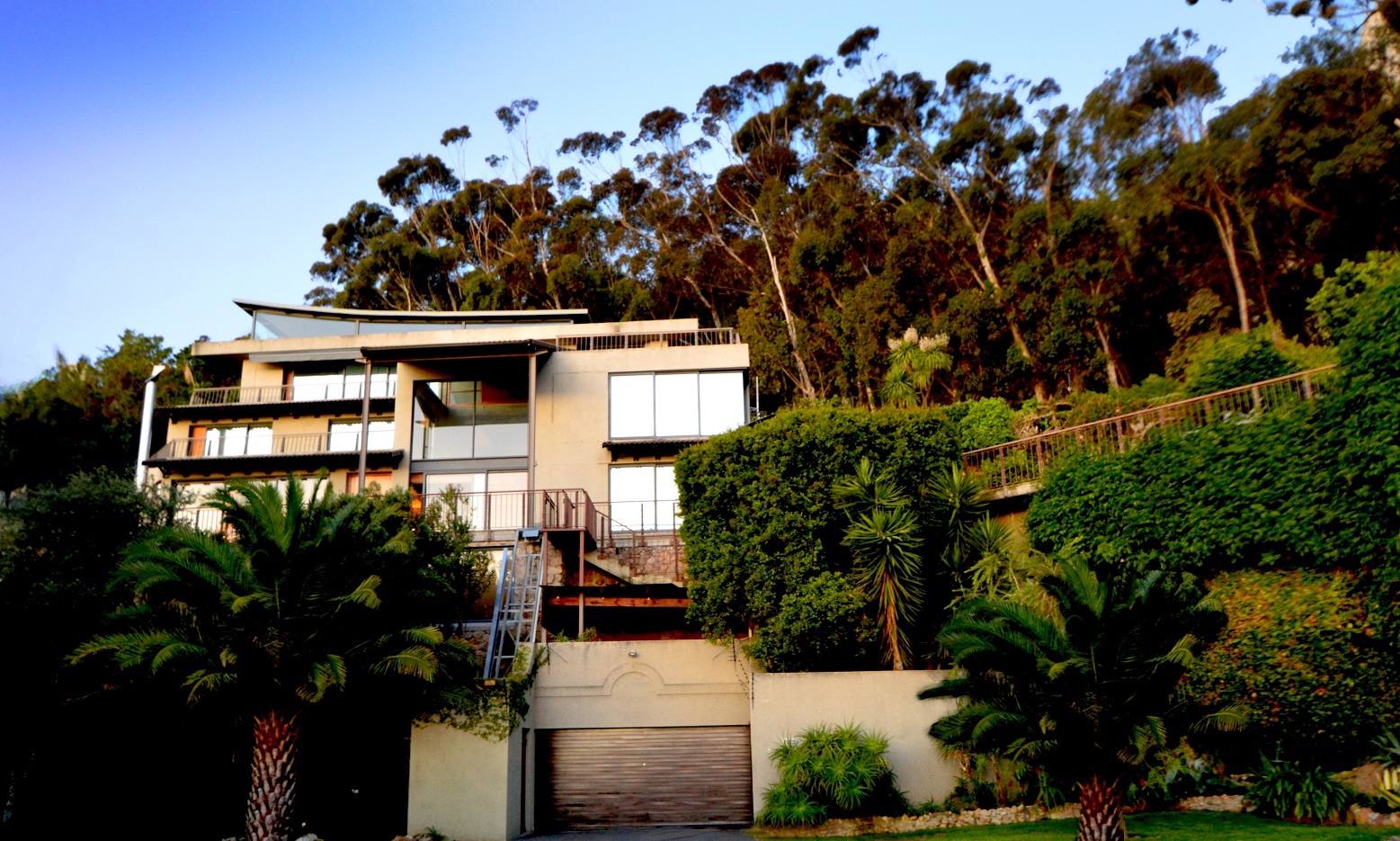With homes prices on the rise again in most popular areas of South Africa, more buyers are open to the idea of acquiring a “fixer-upper” property that will allow them to gain cheaper entry to their favourite area in return for some of their own labour or “sweat equity”.
“Indeed, buying a home that needs some work is a tried-and-tested formula for getting more house for your money — especially if you’re handy and enjoy DIY,” says Richard Gray, CEO of Harcourts Real Estate South Africa, “but you do need to be able to tell the difference between a property that is worth working on and one that would cost more to fix than it will ever be worth.
“Even if you plan to live in the home for several years, you need to evaluate it as if you were going to sell it immediately after fixing it up. In other words, you don’t want to have to spend any more on it than the amount that would bring it up to the current average market value for the area.”
So what you should be looking for, he says, are properties that require cosmetic fixes and have been somewhat discounted to allow for those, and homes that may require more work but are structurally sound and where the seller is really willing to negotiate a good deal.
“And this is where the help of a trained and experienced agent who is familiar with your chosen area can prove invaluable. Tell this agent what you would be willing to look at – or rather ‘look past’ – and he or she should be only too willing to help you. After all, shabby and neglected properties are the hardest to sell, and it’s not everyday they have someone specifically looking for just such a home.”
To help fixer-upper buyers, Harcourts has compiled a list of items that are relatively inexpensive to fix - and may just give you the leverage to acquire a hidden beauty of a home in your dream location. These include:
*Faded paintwork, worn carpets, scuffed and scarred countertops, old light fittings and an overgrown garden, which are all to be found in homes where the owners didn’t want to invest any more time or money prior to selling – and where all that is really needed are a few purchases from the hardware and home improvement stores, some spadework and a good clean to bring it up to standard.
*An ugly cloak over good structural “bones”. Sometimes all it takes is to get rid of badly-planned or executed additions and renovations to expose a well-designed home that you can return to its attractive original form. The seller will need to be willing, though, to discount the property considerably.
*Roof leaks and stained ceilings. Both these problems can usually be solved by putting on a new roof – that may also create an opportunity to open up a dated or dark interior by leaving the beams exposed to roof height and perhaps installing some skylights.
*Bathrooms that are more than retro. Provided the plumbing is sound, it is really easy to update a bathroom now with a huge range of shower, bathtub and vanity options on offer, and the cost of specialist tiling and flooring labour is relatively low.
*An old kitchen. Replacing a whole kitchen is one of the most expensive renovations you can undertake – especially if you have to make plumbing and electrical changes - but also one of the best in terms of return on your money and improving the liveability and appeal of an older home.
*Small rooms and dark interiors. You will need professional advice before you do this, but by taking out non-load bearing walls, you may well be able to create one modern open-plan living area out of two or three smaller rooms. And if it’s more light you need, installing bigger windows and sliding doors will usually solve the problem – provided, once again, that the purchase price is right.
However, says Gray, there are some problems that just can’t be fixed, no matter how much you spend, and you need to be sure that the fixer-upper you have your eye on has none of these or it will just become a money-pit.
“They include serious structural problems, cracks and shifts due to problems with the foundations or local geology; major fire, flood, wind or earthquake damage; drainage, flooding or damp problems due to poor sitting; and signs of serious soil erosion or land slippage nearby, especially if the property is on a slope.”


